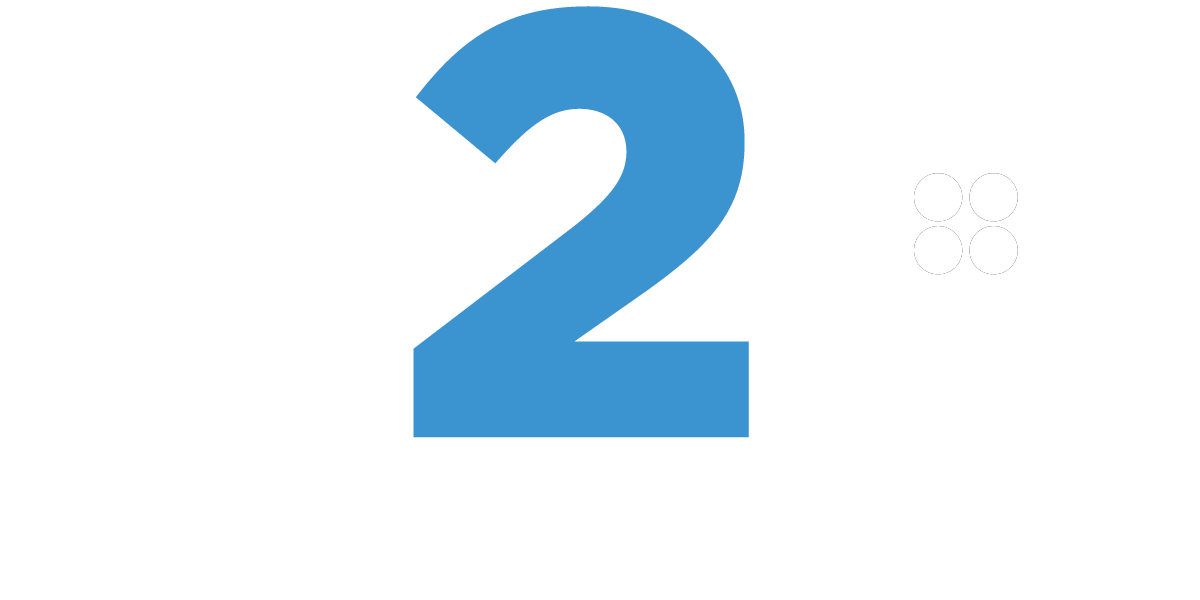What is a brand? What is a logo? And what does it all really mean?
A logo Is part of your brand and your brand needs a logo but you may be left wondering where one ends and the where the other begins.
Some of the top brands are so well known it seems hard to separate their brand from their logo, meaning they have got it spot on.
Brand is King
Your brand is the what, where, why and how of your business.
The product, people, adverts, website, location the over-all look.
It is all this and yet, none of this.
The above are all part of the Brand Experience; but where your brand really comes alive is in what customers say about you and their experience with you. If customers are unhappy with your communications or the products you provide, a shiny new logo won’t make them forget. Your logo is celebrated or tarnished depending on what you do and why you do it; a great Ted Talk by Simon Sinek on branding explains this very eloquently.
If brand is King then logo is the Royal Advisor
The logo communicates the message of the brand. It should appeal to the target audience. A clear connection to the brand should be seen through the logo; a continuation of a brand’s colour scheme is a typical example of this, though many businesses opt for their acronym or name to keep it simple.
A logo promotes instant public recognition as a representation of what the whole brand stands for.
To be successful a brand needs to be known and understood. A logo makes it easy for the customer to instantaneously understand, recognize, and relate to the brand. For instance, if one sees the Apple logo on an ipod speaker, laptop and mobile phone they quickly notice the company is vertical integrated across technological industries and not just Apple computers anymore.
An excellent brand deserves an excellent logo, but an excellent logo cannot make a brand excellent. However, it can help build awareness of a brand and a growing audience ready to be impressed by what you do. Learn more about how to create your own logo.
A recognizable logo can save time and money on advertising
Tesco’s Christmas campaign posters focused on the brand’s value range packaging and rebranded their everyday products as vital Christmas supplies. The series of very plain and sparse adverts played on Tesco’s brand identity and showed a playful side through references to Santa and Reindeer.
The logo is so well-known that the campaign group Tescopoly have cleverly copied the logo to interpret what the brand means to those that oppose Tesco and large supermarkets.
If your brand changes make sure your logo changes to represent those changes. The word about your rebrand will spread much faster via the visual change of a new logo. Whether people like or dislike the change or the new logos style it is sure to get people talking and get the brand noticed.
Do avoid unnecessary logo changes; they are costly and can be detrimental to a well-known and well-liked brand, such as the unsuccessful logo change of University of California. Trendland Blog have created this great infographic timeline showing just how much some of the biggest brands have spent over the decades.
One of the best parts of your brand’s logo is that you can spread it instantaneously online and affix it to your products, website and adverts. Thus you can share everything your brand stands for and represents in one small icon. Your brand can become wearable when your employees represent you in promotional clothing, and even become a fashion trend.
We’ve even got a helpful blog about what is a hashtag and what does it mean, so be sure to check it out.






1 comment
[…] Is it aimed at the young, the old, or both? Don’t push your new business until it’s brand identity has been decided. Which direction are you going in? Once it’s decided why not get some […]